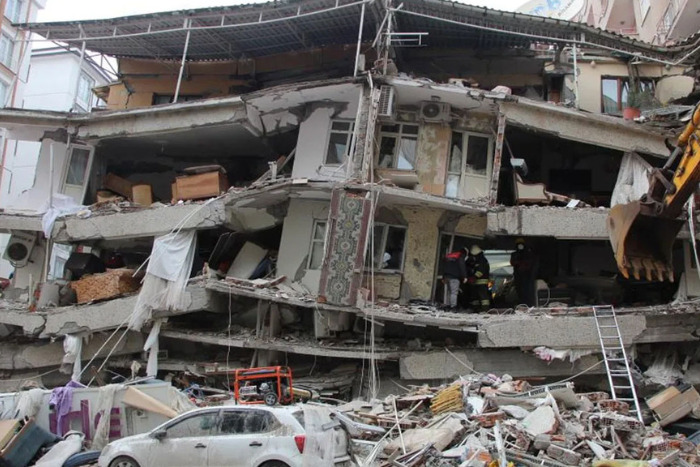The Latest Situation in Damaged Buildings After the Earthquake
One year has passed since the February 6 earthquake. What steps have been taken in the region in the past year and what can be done for earthquake resistance? Altınbaş University Civil Engineering Department Head Assoc. Prof. Dr. Sepanta Naimi told us.

A year ago, on February 6, 2023, two earthquakes of magnitudes Mw 7.7 and Mw 7.6 struck the Pazarcık and Elbistan districts of Kahramanmaraş, respectively, approximately 9 hours apart. According to official statements, there were over 50,000 casualties, and more than 200,000 buildings suffered severe damage in the region. So, what happened in the year following the earthquake, and what is the situation with the damaged buildings?
Assoc. Prof. Dr. Sepanta Naimi, the Head of the Department of Civil Engineering at Altınbaş University, explained that around 30% of the damaged buildings have been renovated. However, he pointed out several factors that have contributed to the slow progress of the restoration process. These include delays in the removal of debris due to legal processes and assessments, aftershocks following the earthquake, extensive debris removal efforts across the region, the preference for non-steel construction in the area, and financial support issues.
Assoc. Prof. Dr. Naimi emphasized the importance of not letting caution slip away, stating, "Despite the occurrence of a seismic event of this magnitude, we should not assume it won't happen again. The region is an earthquake zone. Just as we experienced a second earthquake unexpectedly after the first one, we should always consider the risk of recurrent high-magnitude earthquakes."
Regarding what can be done to expedite the renovation of buildings and prevent new hardships, Assoc. Prof. Dr. Naimi made several recommendations:
"Planning lightweight structures for housing would be appropriate. These structures can be manufactured separately and quickly assembled on-site, providing durable solutions. They are also more resilient in terms of earthquake safety, particularly facilitating the rapid preparation of homes for villagers in rural areas. Accelerating the production of necessary agricultural products is crucial for the normalization of life in the region. Initiatives to facilitate the return of people who left the region will reduce economic losses and contribute to revitalizing the region in all aspects."
Assoc. Prof. Dr. Naimi also emphasized that Türkiye as a whole is an earthquake-prone country, stressing the possibility of constructing resilient buildings by adhering to scientific principles. He stated, "We are a country prone to earthquakes. Building resilient structures by adhering to the requirements of science is possible. The most important thing is to mitigate natural events from turning into disasters through proper designs."
Assoc. Prof. Dr. Naimi highlighted the increased awareness among students in the Department of Civil Engineering and Architecture at Altınbaş University following the earthquake. He mentioned that they focus on experimental and practical approaches in their education to closely observe the behavior of designed structures.

